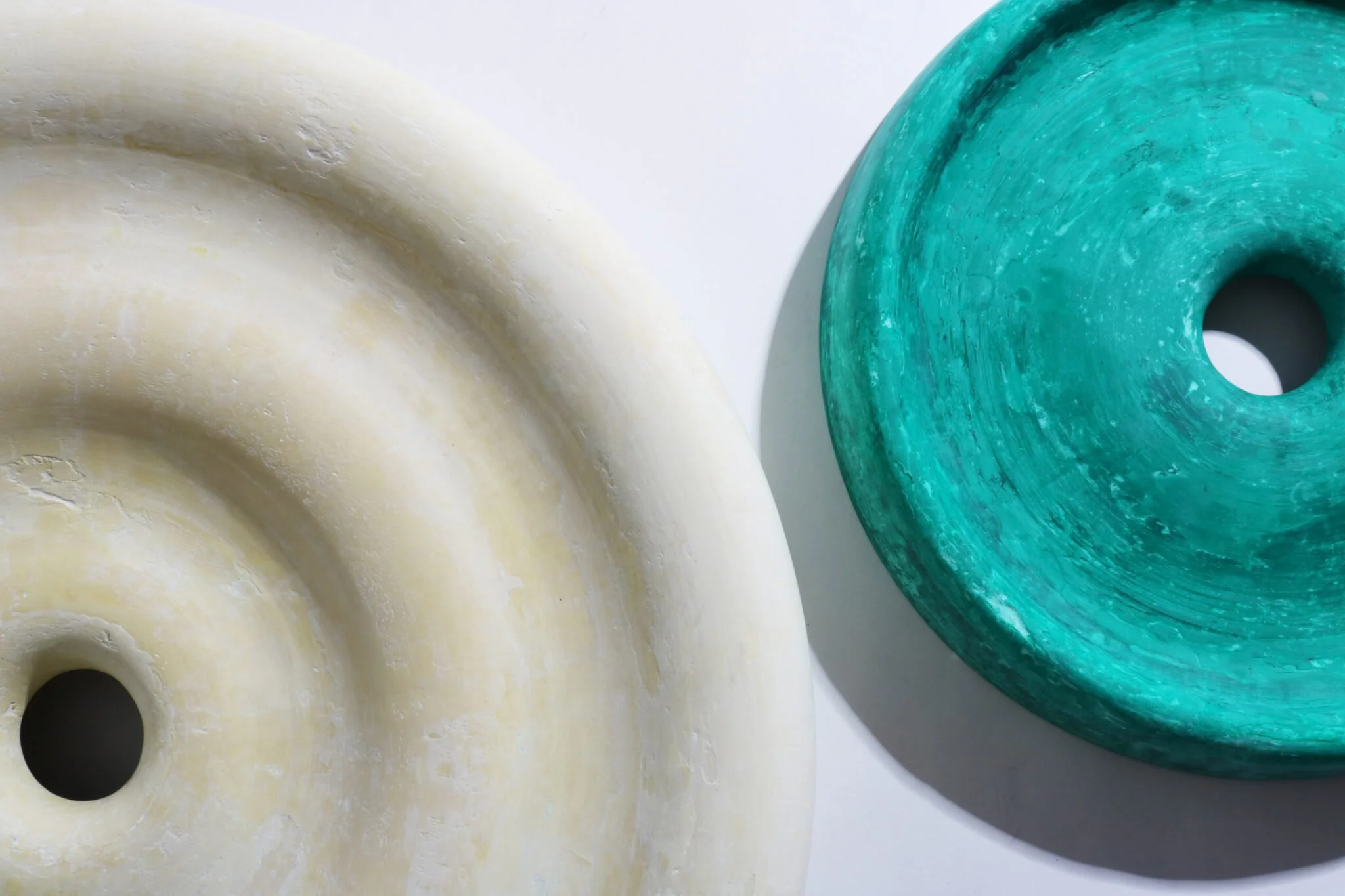
Order in the chaos. An anchor point in the flood of products. Serenity and security in a time of endless possibilities. It’s the little things that we often overlook. But those that are most familiar to us. Personally, I am a worrier, often absent and I doubt the most. Not on purpose, but I pick things up quickly, and can’t ignore them. As if no detail goes unnoticed, and I’m always busy processing and placing them. But this is also an essential part of my designs.
While I fantasize about finding order in the messy aspects of my life. I notice the beauty of it, and it forms new dialogues. The crookedly stacked piles of household waste that make an abstract version of the Rotterdam street view. The tactility of non-noble materials, and the diluted love-relationship between people and products. Awaken a desire in me. What I want to see in a product is that it is “made”! I want to see the traces of the maker. I don’t care about impersonal products, flawlessly produced by machines. I am looking for the quality of the experience and the product. It is the signature of patience and playful precision that characterizes my work.
TWIRL BOWLS
A Collection of sculptural bowls made by experimenting with the traditional technique of running cornice
The traditional method of running cornice has been used for centuries to embellish interiors and exteriors with plaster ornaments. Because the method has usually been used to make ornaments, it has become old-fashioned. By using the process to create contemporary objects, the technique will gain a new value so that it is no longer lost in obsolescence. By making a hollow mold and replacing the traditional plaster with an alpha crystalline gypsum, the bowls are made reversible.






























CORNICE VESSELS
An ongoing collection of vessels that are made by using the traditional technique of running cornice.
The production method is used to make plaster ornaments for interiors and exteriors. By making a hollow mold and replacing the traditional plaster for an alpha crystalline gypsum the ornaments can be used as vessels. The running cornice process offers the possibility to reproduce each vessel. When using the method there is a variation in roughness and refinement. This makes each vessel unique.


















































